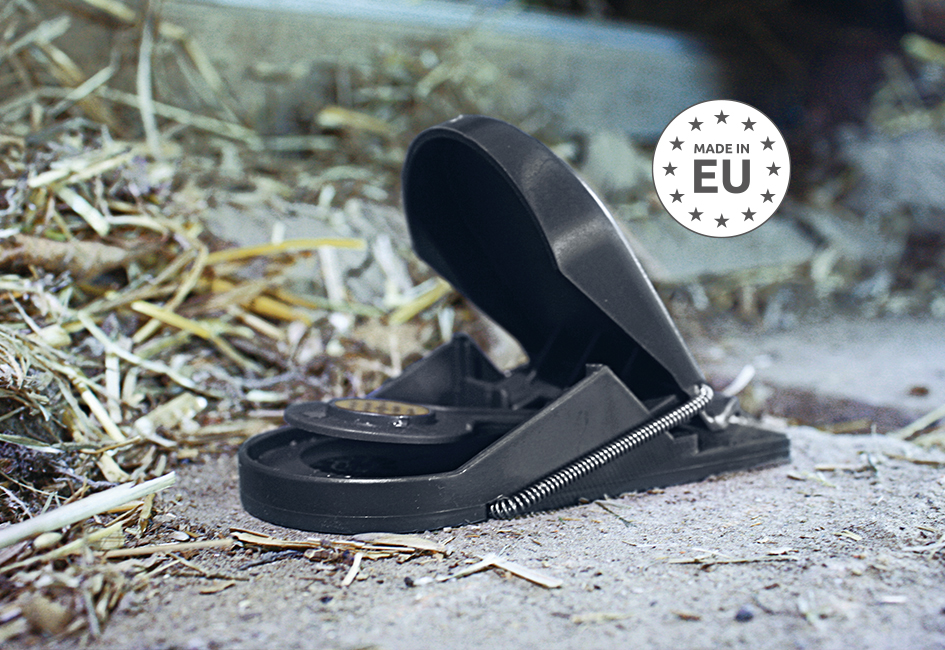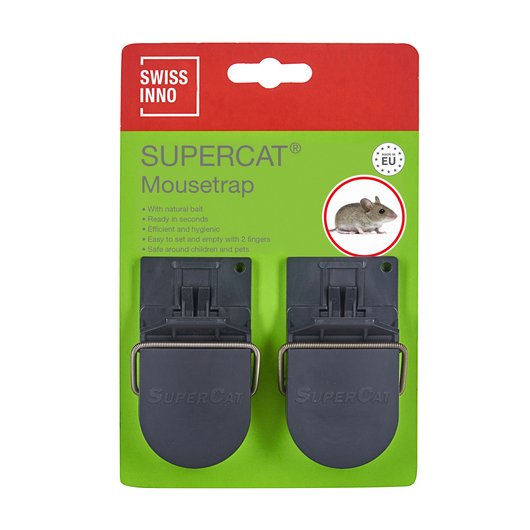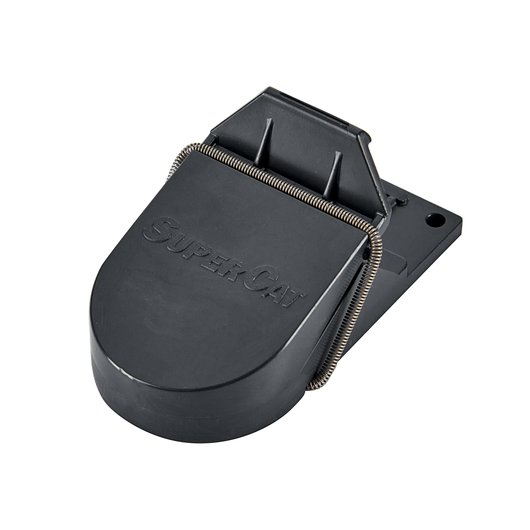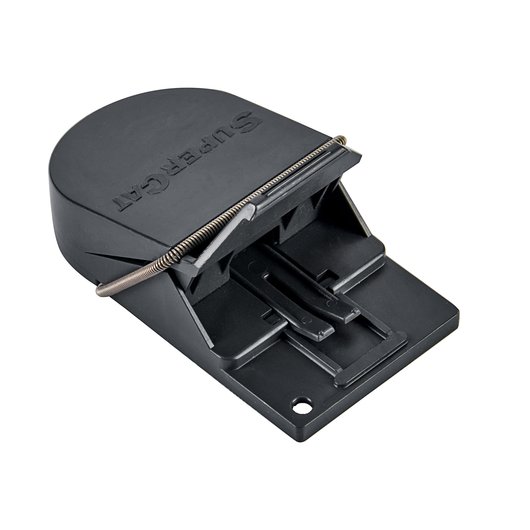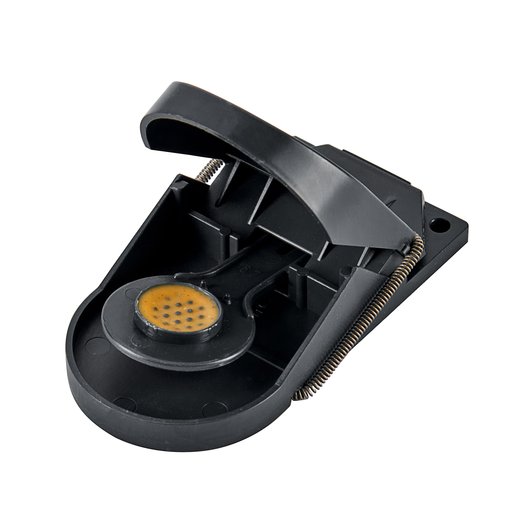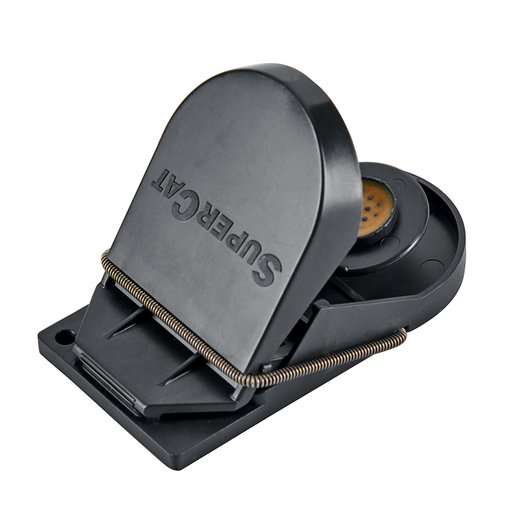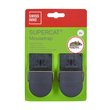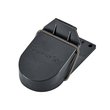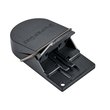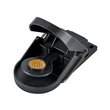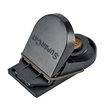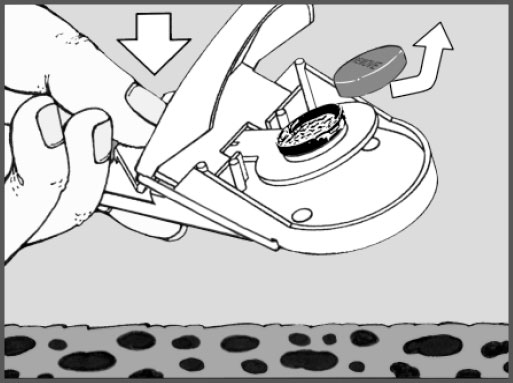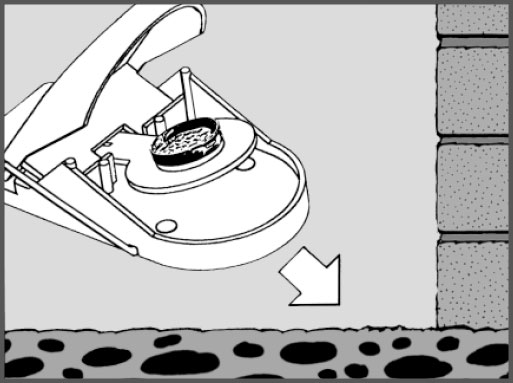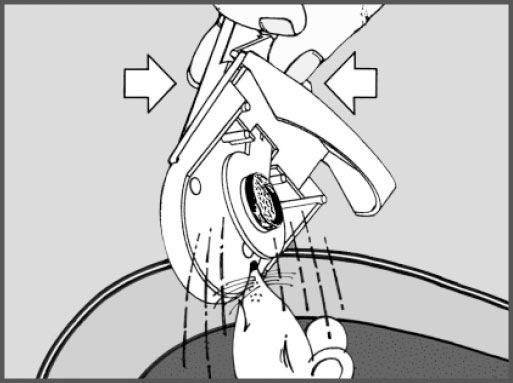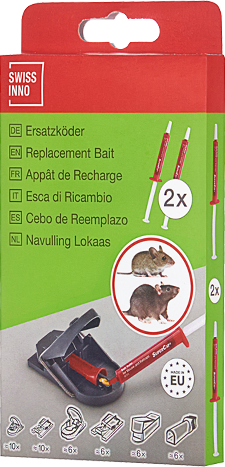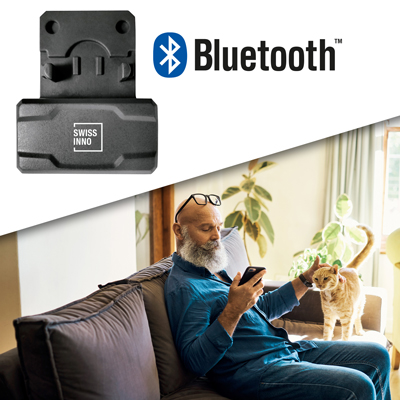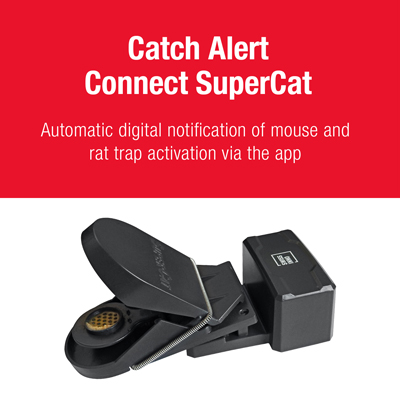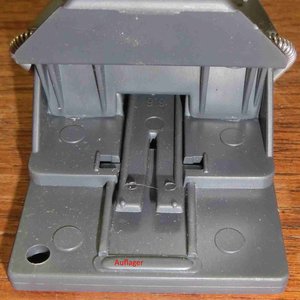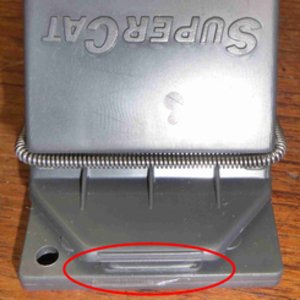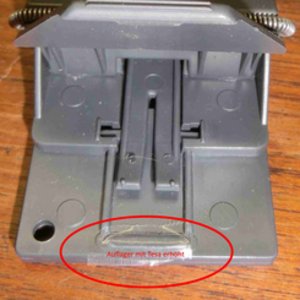A summary of the advantages of the SuperCat Mousetrap:
- Baited ready to use: the bait is a natural non-toxic product and is highly attractive to mice.
- Extraordinarily high catch rates: thousands of consumers tell of huge numbers caught in very short times.
- Swiss design, robust construction with a powerful spring mechanism.
- Hygienic no-touch disposal of dead rodent.
- The Mousetrap is child-safe - the snap-shut jaws will kill mice, but not harm children, or pets.
- For use indoors and outdoors.
- Ideal for domestic and commercial use - for factories, offices, farms, orchards and plantations.
- Replacement baits are available.
Catch mice with natural bait and efficient system
Conventional mousetraps often require poison, do not catch cleanly and are very unhygienic. The trapped rodents must be touched for removal and the whole process is cumbersome and disgusting. Not any more!
Our intensive product development, has made it possible for us at Swissinno to construct a mousetrap, which contains a natural, poison-free and highly effective bait and has clean, powerful strike mechanism. Dead mice can be removed easily without contact and thus disposed of hygienically
The SuperCat trap is in use worldwide
Benefit from our years of research and experience in the field of pest control and let our SuperCat mousetrap win you over. Thousands of customers are already thrilled by the efficiency and simplicity of this system!
The products of Swissinno, above all the SuperCat mousetrap, are of great popularity worldwide and are marketed by the best hardware stores and online shops. This is reflected both in customer feedback and in online reviews.


![[Translate to EN:] [Translate to EN:]](/files/pics/7/2/csm_Mouse__860x586px_4295e63b71.jpg)
![[Translate to EN:] indian-meal moth on oatmeal [Translate to EN:] indian-meal moth on oatmeal](/files/pics/b/6/csm_indian-meal-moth-on-oatmeal_low_659108f917.jpg)
![[Translate to EN:] Schnecken [Translate to EN:] Schnecken](/files/pics/5/f/csm_Slug__860x586px_da4b2d7f83.jpg)
![[Translate to EN:] Vogel [Translate to EN:] Vogel](/files/pics/8/9/csm_Bird__860x586px_273b7ffaf9.jpg)
![[Translate to EN:] Ratten [Translate to EN:] Ratten](/files/pics/0/9/csm_Rat__860x586px_e3e988d139.jpg)
![[Translate to EN:] Maulwurf [Translate to EN:] Maulwurf](/files/pics/2/e/csm_Mole__860x586px_d43e7e8948.jpg)
![[Translate to EN:] Marder [Translate to EN:] Marder](/files/pics/d/6/csm_Marten__860x586px_7508da5714.jpg)
![[Translate to EN:] Fliege [Translate to EN:] Fliege](/files/pics/a/d/csm_Fly__860x586px_66c70bb32f.jpg)

